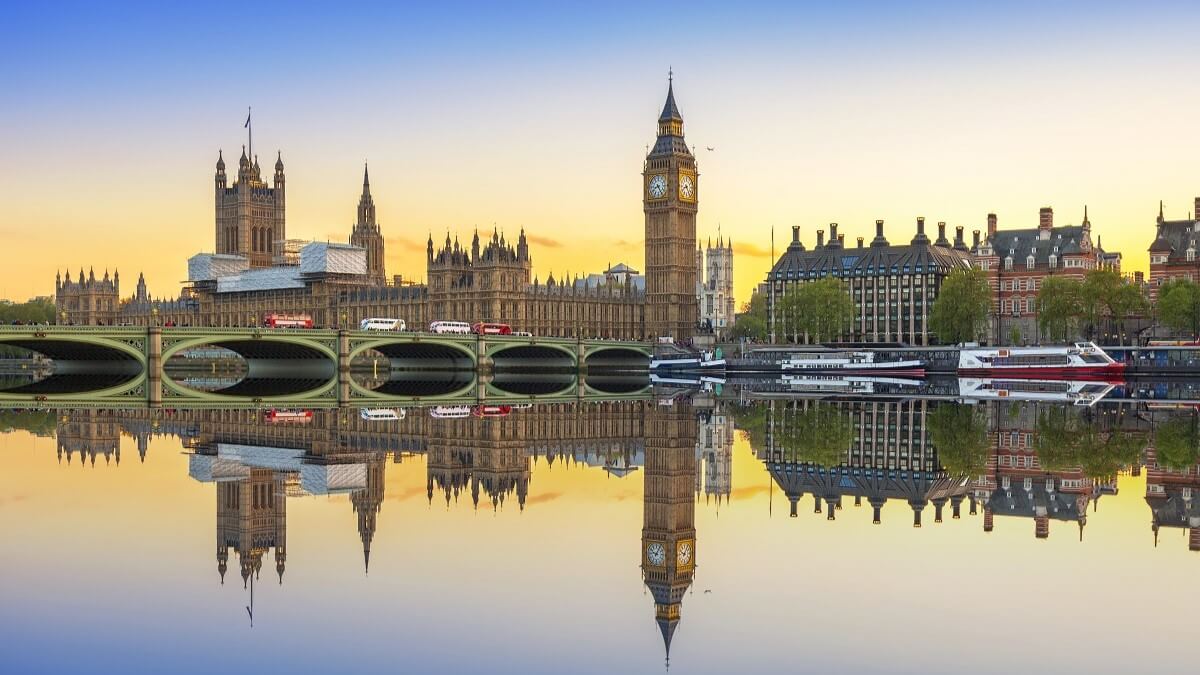Inheritance tax for UK non-residents: A guide
Read our helpful guide on inheritance tax for UK non-residents, including how IHT works, current tax rates and whether non-residents have to pay it.

While electronic payments are widely accepted, cash is still king in most of the UK.
Thankfully, finding an ATM in the UK is rarely a problem. There are more than 50,000 of them across the country1, and most in the LINK network won’t charge you to use them.2
And, if you want to avoid exchange rate markups and sneaky transaction fees while shopping, then check out the Wise card for a one-time fee of £7 and no subscription fees*.
You can use it to spend in 150+ countries, including the UK. Your transactions abroad are automatically converted into British pounds using the fair mid-market exchange rate for only a low, transparent fee*.
Use it to withdraw up to £200 a month (max. 2 withdrawals) fee-free*
After your second withdrawal, we’ll charge a small fixed fee per withdrawal. For example, if your card was issued in the EEA, your fixed fee per withdrawal would be 0.50 EUR*
Of course, you'll also need to check whether the ATM operator charges its own fees.
* Please see the Terms of Use for your region or visit Wise fees & pricing for the most up-to-date information on pricing and fees.
You’ll find ATMs in the UK in bank lobbies; outside bank branches, post offices and supermarkets; in pubs, restaurants and hotels; at petrol stations and also in other less common locations.
All British ATMs belong to the LINK network. You can find the closest one by typing in your city or postcode on LINK’s online ATM locator.
Most ATMs in the UK accept MasterCard and Visa cards.³ The vast majority of credit and debit cards belong to one of these two card networks. However, you should ask your bank to confirm if your card will work.
All ATM machines display the logo of every card network they accept. You can also look up the closest ATM using:
British ATMs accept chip-and-pin type cards and cards with just a magnetic stripe on the back. However, you’ll need a four-digit PIN. Keypads don’t have letters, so you’ll also need to remember your PIN numerically.
Don’t forget to let your bank know when you’ll be travelling. Otherwise, you risk having your card frozen, as your bank might consider your transactions suspicious.
There are two types of ATMs in the UK: free and pay-to-use. The vast majority are free.² Some independently operated machines can charge around £3 to £5 per transaction, always check before you withdraw.
When travelling to the UK, your home bank will probably charge a withdrawal fee. You should also expect to pay a foreign exchange fee. These fees are over and above any fees charged by a UK ATM.
If you’re looking for a transparent and safe alternative to manage your money in the UK or when travelling abroad, consider signing up with Wise. You can get a Wise card, a multi-currency card that automatically converts your pounds into local currency in 150+ countries at the fair mid-market exchange rate for only a small, transparent fee*.
| Less than 200 GBP per month | More than 200 GBP per month | |
|---|---|---|
| 2 or less withdrawals | Free | 1.75% of the amount over 200 GBP |
| 3 or more withdrawals | 0.5 GBP per withdrawal | 0.5 GBP + 1.75% of amount over 200 GBP |
* Please see the Terms of Use for your region or visit Wise fees & pricing for the most up-to-date information on pricing and fees.
If you want to avoid paying ATM fees (or at least keep them to a minimum) try using these tips and tricks.
All ATMs in the UK have clear signage indicating whether withdrawals are free or not. If a machine charges a fee, it will tell you what the fee is. You’ll also get an opportunity to cancel the transaction before being charged.
Barclays, one of the UK’s largest and oldest banks, is part of the Global ATM Alliance.4 If your bank is part of the alliance, you can use Barclays’ ATMs without paying a withdrawal fee.
Allpoint is another fee-free network with 55,000 ATMs in the UK, US, Canada, Australia, Puerto Rico, and Mexico.5
International banking giant HSBC is one of the UK’s ‘big four’ banks. You can make fee free-withdrawals starting from £300/day,6 depending on your debit card package. HSBC has over 1,500 ATM across the UK.7
Citibank, which also offers customers fee-free withdrawals from its ATMs worldwide, has 2 ATMs in the UK. However, these are all located in Central London.8
If you’re not a customer of one of the banks mentioned above, it’s still worth asking your bank whether it operates in partnership with any banks in the UK. This might allow you to make ATM withdrawals in the UK for free when using certain ATMs.
Using a credit card to make ATM withdrawals is often more expensive than using a debit card. Fees tend to be higher; and the withdrawal is treated as a loan, which means the amount attracts interest. Here is also a list of the European countries that charge the highest ATM fees.
By now, you should have a pretty good idea where to find ATMs in the UK and what charges to expect. If possible, try to use your card to pay for your purchases, as it’s generally cheaper and safer.
Wise only ever charges small, transparent fees for currency conversion, and it’s fee-free if you already have the currency in your Wise account*.
Sign up for a Wise account online and you can get your own Wise card for a one-time fee of just £7.
Sources used:
Sources last checked on date: 01-Aug-2024
*Please see terms of use and product availability for your region or visit Wise fees and pricing for the most up to date pricing and fee information.
This publication is provided for general information purposes and does not constitute legal, tax or other professional advice from Wise Payments Limited or its subsidiaries and its affiliates, and it is not intended as a substitute for obtaining advice from a financial advisor or any other professional.
We make no representations, warranties or guarantees, whether expressed or implied, that the content in the publication is accurate, complete or up to date.

Read our helpful guide on inheritance tax for UK non-residents, including how IHT works, current tax rates and whether non-residents have to pay it.

How much money can you receive as a gift from overseas in the UK? Read our guide and find out the latest rules.

Find out everything about retiring in the UK, including visa options, money requirements and healthcare.

Learn how to pay bills in Italy, using different methods like post offices, banks and online platforms.

Learn how to pay a bill in euros from the UK with Wise at a mid-market rate and save on unnecessary fees and foreign exchange conversions.

Wondering how to pay a bill in France from the UK? Discover secure methods like bank transfers and online tools to manage payments with ease.